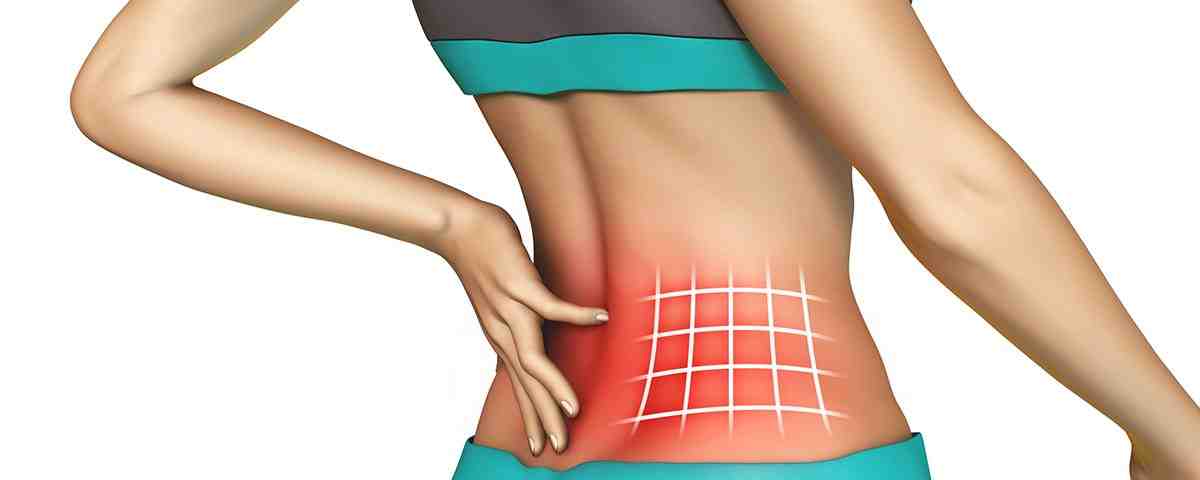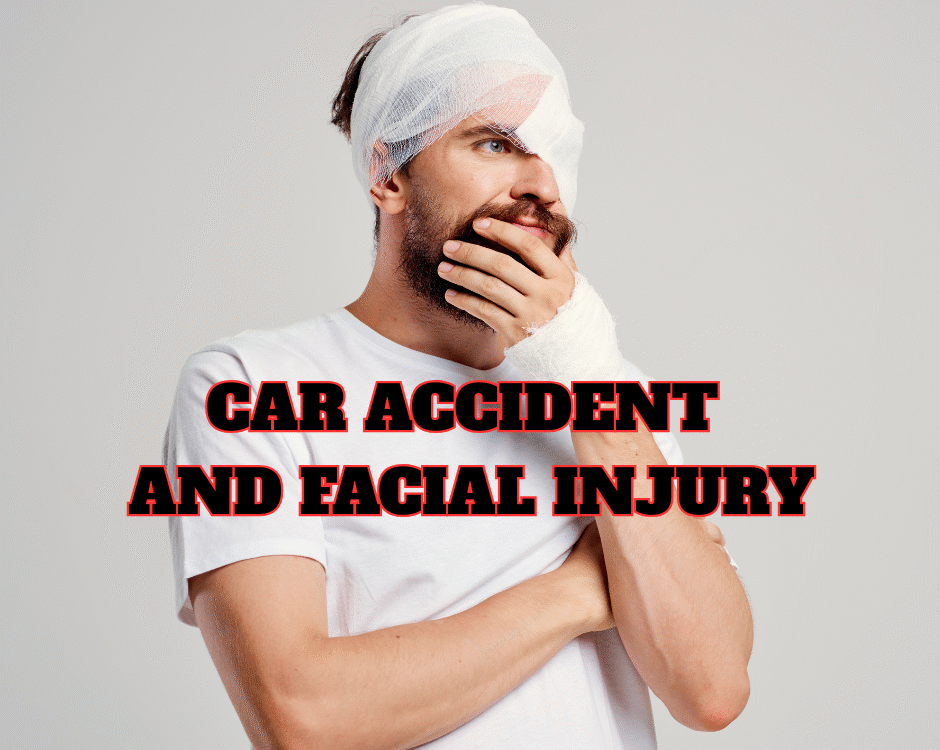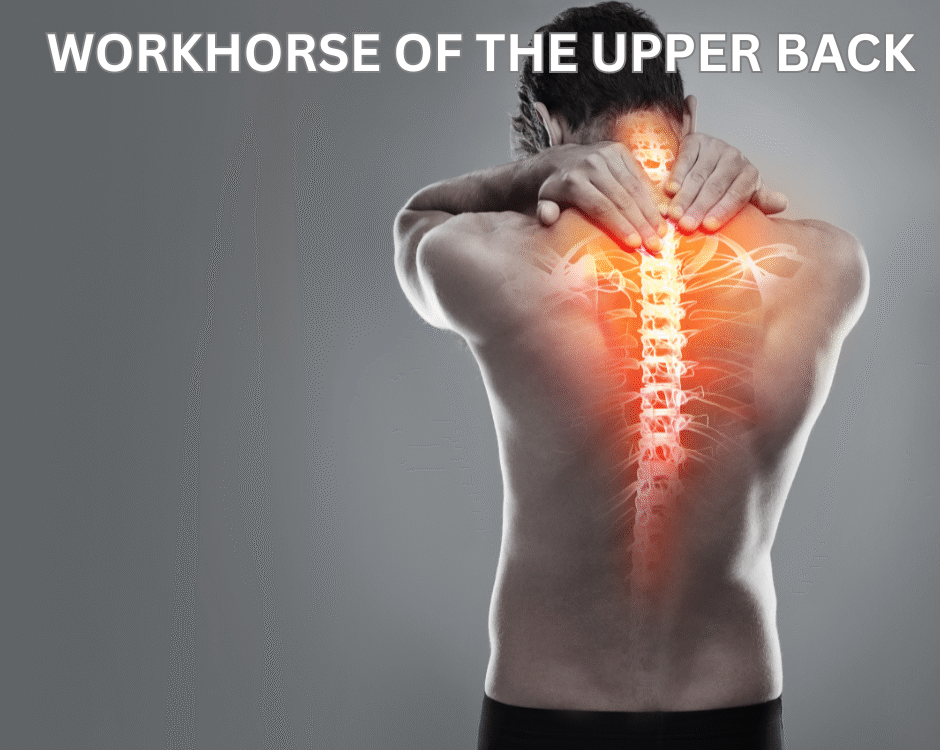Great Tips to Reduce Low Back Pain on a Car Trip

Sprains, Strains and Automobiles
August 26, 2022
What is Cervical Facet Syndrome?
August 30, 2022Most people can relate to the lower back stiffness or aches after a long car ride or road trip. Sitting or driving prolonged in a car exposes the body to different types of forces compared to sitting stationary at work or home. Dynamic forces such as acceleration, deceleration, and road or vehicle vibrations are simply not present when seated stationary. Passengers can utilize their legs for increased spinal stability. However, the drivers, who are using their legs to operate the vehicle, are most vulnerable to these dynamic forces and at a higher risk of developing lower back pain. This is especially true for individuals diagnosed with arthritis, disc injuries, and other low back conditions. Here is some advice to help mitigate lower back pain on your next road trip.
After you’re packed up and ready to hit the road, modify your car seat settings. The driver’s seat should be at a close yet safe distance from the steering wheel allowing for a comfortable shoulder and torso position. The seat back can be positioned slightly beyond upright to about 100 or 110 degrees. The seat height in most sedans should be slightly elevated and seat-front tilted up just a few degrees to support the legs. Ideally, knee bend should be 90 degrees or greater. Consider providing extra cushion by sitting on a memory foam cushion to help absorb vibrations. Increase and customize your cars lumbar support by rolling up a towel or thicker clothing and placing it in the small of your back. Lastly, make sure to empty your pockets, especially anything in your back pockets (men’s wallets) to limit any asymmetry while sitting.
Once behind the wheel, utilize your seat heater if your vehicle has one. Medium to high heat for 20-30 minutes with a half hour rest in between can serve as your mobile heating pad to keep the lower back loose and warm. Most importantly, take a pit stop to stretch when driving over an hour. Look ahead at your GPS route to plan and plot stopping points along the way at local attractions or rest areas every 60-90 miles. You can keep it simple and quick or take the time to walk around at interesting locations. Either way make sure to stretch in all ranges from forward, backward, side to side, and rotation. In between taking breaks, slightly modify your seat back or chair settings every 20-30 minute. These small changes alter the forces and pressures placed on the spine. Performing seated pelvic tilts in between stops is another great way to break up static pressure and posture. These can be done by rocking your pelvis side to side and then forward to backward by slightly rounding and extending the lower back. While keeping your shoulders and torso as still as possible, bring the top of your hip towards the bottom of your rib cage. Focus on using mostly core and lower back muscles instead of bending the torso or moving the shoulders.
While driving or riding all day may be tiring, the last thing the lower back needs is more compressive pressures from sitting. Now that you’ve reached the destination or finished for the day, provide the spine with what it has been lacking- movement. A short walk or a quick stretching session focused on the lower back and hips can be enough. Another option is performing simple exercises targeting under stimulated areas, like core and glute muscles. However, be cautious with strenuous exercises when the body is fatigued as this may lead to injury. Some examples include glute bridges, single leg lunges, squats, and stretching hip flexors. If your car doesn’t have seat heaters this would be a good time to apply heat to the lower back before heading to bed.
Hopefully these tips and pointers are helpful on your next long road trip. Some mild stiffness or aches following a long car trip are normal, especially if there is a history of lower back pain. However, if none of these tips helped and significant pain lasts longer than a couple days or severely impacts your daily activities, it’s recommended to seek medical advice.
—
This article was written by Dr. Deryk Harting, one of the members of Chambers Medical Group’s team of car accident chiropractors who offer a variety of treatments and therapies ranging from diagnostic testing to various soft tissue therapies for car accidents and injuries in Kentucky.
If you or somebody you know has been in a car accident, be sure that you seek medical attention from a car accident doctor or car accident chiropractor to treat your injuries. Visit Chambers Medical Group to receive world-class medical treatment for your injuries.
Chambers Medical Group has car accident medical clinics in the following locations:
- Car Accident Medical Clinic in Tampa
- Car Accident Medical Clinic in Plant City
- Car Accident Medical Clinic in Brandon
- Car Accident Medical Clinic in Lakeland
- Car Accident Medical Clinic in Sarasota
- Car Accident Medical Clinic in Louisville
- Car Accident Medical Clinic in Lexington
- Car Accident Medical Clinic in Florence




